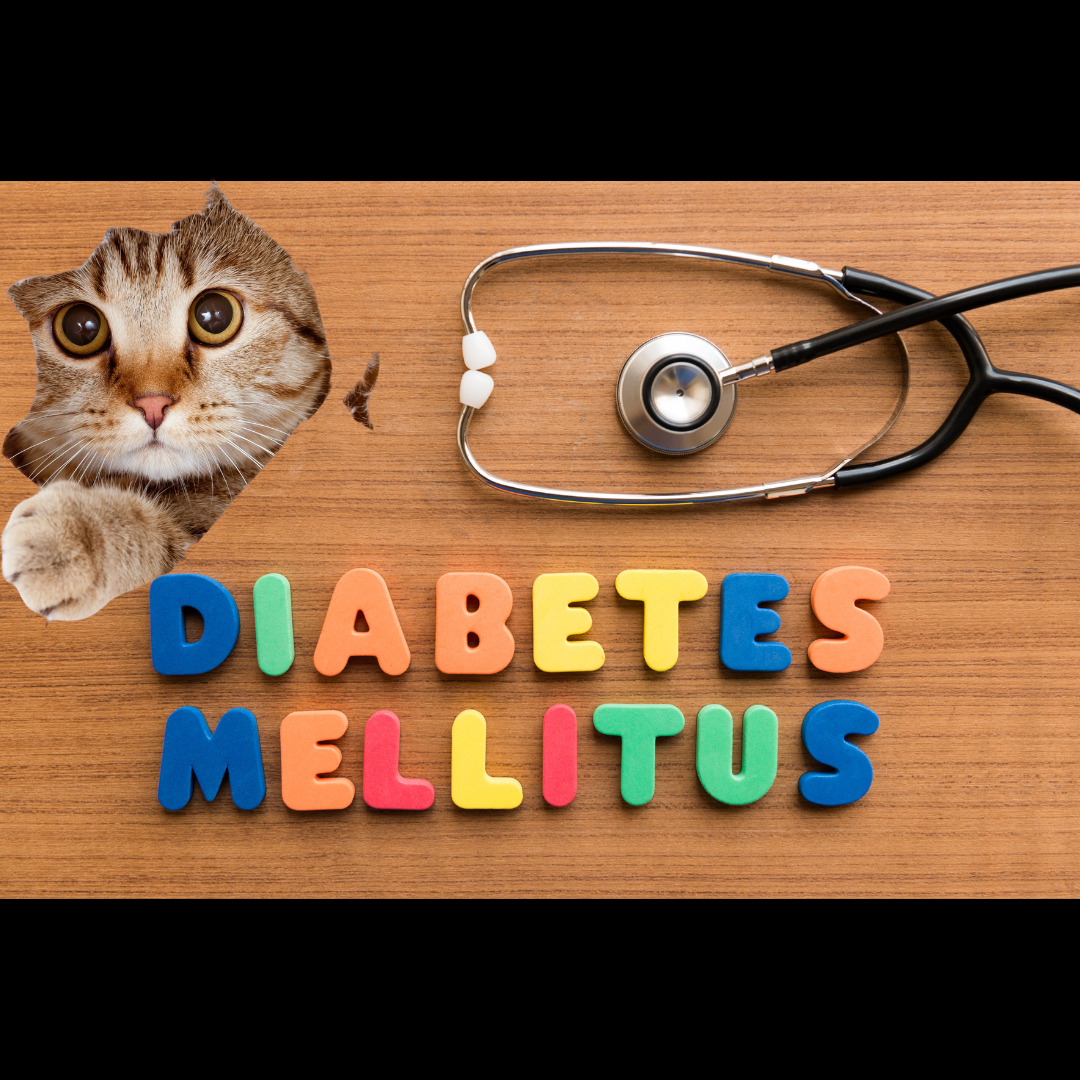
Feline Dental Disease: A Comprehensive Overview
Dental disease is a common health issue in cats, affecting between 50 and 90% of cats older than four years1.
The three most common dental diseases in cats are gingivitis, periodontitis, and tooth resorption1.
These conditions can cause serious discomfort and impact a cat’s quality of life1.
Symptoms
The symptoms of dental disease in cats can vary but often include:
- Bad breath (halitosis)234
- Excessive drooling24
- Weight loss23
- Difficulty with or slow eating2
- Red, inflamed gums4
- Bleeding gums4
In many cases, dental disease can cause a cat to stop eating, which leads to a variety of health problems1.
Causes
Dental disease in cats is usually the result of a buildup of plaque, a film that harbors bacteria, on the teeth15.
Factors that can contribute to the development of dental disease include:
When plaque is not regularly removed, it migrates deeper toward where the gums meet the base of the tooth, causing inflammation referred to as gingivitis15.
If left untreated, this can progress to periodontitis, a more severe form of gum disease5.
Effects
Dental disease in cats can cause serious pain and discomfort, which can impact a cat’s quality of life17.
In many cases, dental disease causes a cat to stop eating, which leads to a variety of health problems1.
Severe dental disease can lead to bone infection, tooth loss, and oral bacteria entering the bloodstream through diseased oral tissues, affecting other organs as well8.
Treatment
Treatment for dental disease in cats depends on the severity of the condition and the underlying cause193.
Common treatments include:
- Home dental care: This includes daily tooth brushing with a pet-safe toothpaste9.
- Professional dental cleaning: This involves descaling with an ultrasonic dental descaling machine9.
- Antibiotics: These may be prescribed to fight infection3.
- Tooth extraction: Severely diseased teeth are often extracted97.
It’s important to consult with a veterinarian for the appropriate treatment plan for your cat.
Conclusion
Dental disease in cats is a serious health issue that requires attention.
Regular dental care, both at home and professionally, can help prevent these conditions and ensure your cat maintains a healthy and happy life.
Always consult with your veterinarian if you notice any changes in your cat’s oral health.
Love you feline companion more and show affection creatively.
Visit our shop for our awesome pet inspired graphic t-shirt collection wear it proudly and let the world know just how much your furry friend means to you.
Disclaimer: This article is intended for informational purposes only. It is not meant to substitute for medical advice or diagnosis provided by your veterinarian. If your cat shows symptoms, please consult your veterinarian immediately.



Leave a comment
This site is protected by hCaptcha and the hCaptcha Privacy Policy and Terms of Service apply.